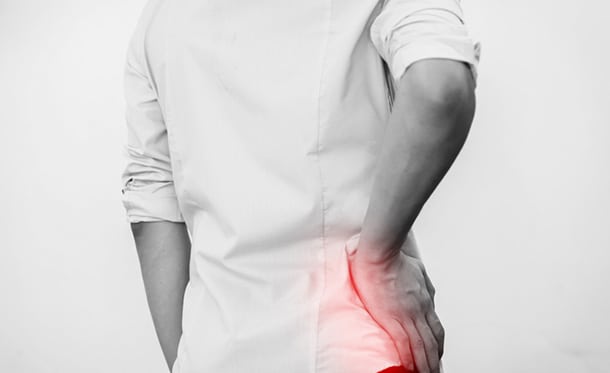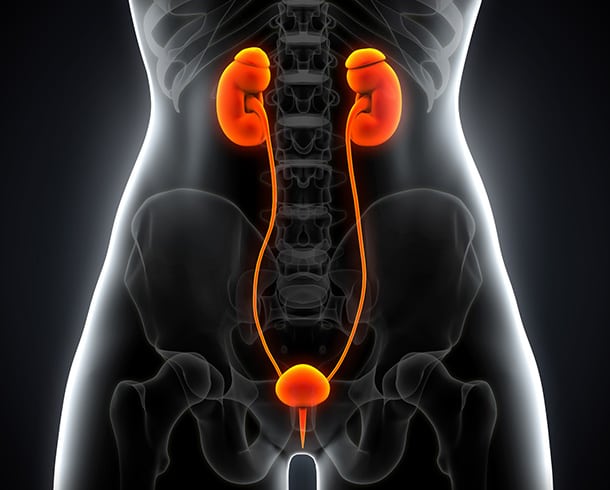
More common in people over age 50 and males, kidney cysts are fluid-filled pouches that sometimes form in or on kidneys.
Kidney cysts are often an incidental finding that have no associated symptoms and are usually non-cancerous.
- Simple cysts are the most common type of cyst likely to affect kidneys.
- These are not the same type of cysts related to polycystic kidney disease, an inherited disorder that often contributes to kidney failure.
Causes, Signs, and Symptoms
It’s not fully understood why kidney cysts form. One possibility is that the surface layer of a kidney may become weak over time and form a pouch that separates and becomes a cyst. Smaller cysts usually do not produce any noticeable symptoms. Larger kidney cysts may cause upper abdominal pain or dull aches in the back area or on the sides of the body. On rare occasions, kidney function may be affected if urine obstruction occurs.


Examination and Diagnosis
An initial exam typically involves reviewing symptoms and medical history. Kidney cysts are usually diagnosed on an ultrasound, a CT scan, or a magnetic resonance imaging (MRI) scan. Image tests can also help determine whether it is a simple cyst or has more worrisome features suggestive of a tumor.
Treatment Options
If simple kidney cysts are not associated with any symptoms then periodic observation is often recommended. Image tests may also be done on a regular basis to determine if the cyst is getting larger. If persistent and potentially problematic symptoms are being experienced, the cyst may be punctured or drained. During this process, a long needle is inserted into the cyst. An alcohol solution may be inserted into the cyst after it’s drained to prevent it from reforming.
Surgery for Kidney Cysts
While simple kidney cysts usually do not produce symptoms, some of these fluid-filled pouches slowly and progressively become larger over time, sometimes to the point where treatment is needed. Procedures performed today are often minimally invasive in nature. This means smaller incisions are made and special instruments are used to access the cyst and drain it. After the cyst is drained, the walls of the cysts are either surgically cut away or burned to minimize the risk of regrowth in the affected area.



